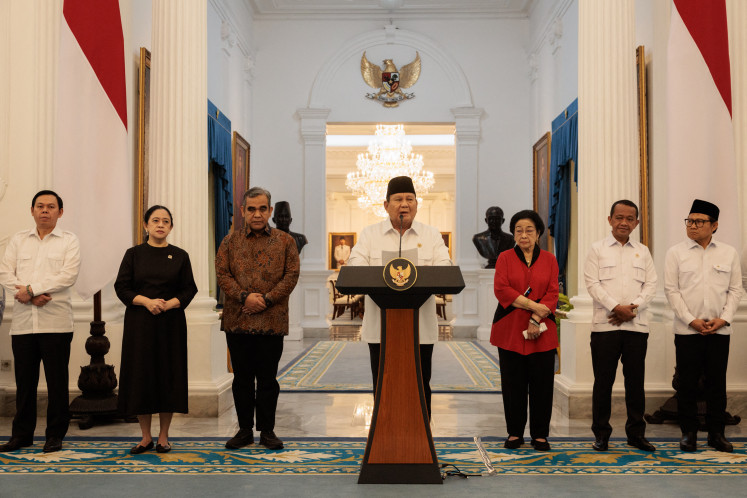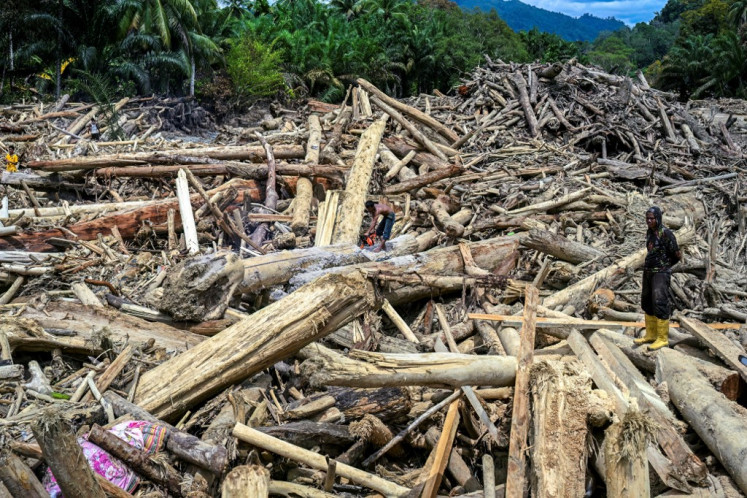Popular Reads
Top Results
Can't find what you're looking for?
View all search resultsPopular Reads
Top Results
Can't find what you're looking for?
View all search resultsThe planned gold royalty hike could discourage investment
Indonesia's gold royalty rate is higher than that of most other jurisdictions and is generally perceived as regressive, so the government needs to consider at least four possible actions to maintain competitiveness and encourage investment while boosting revenue.
Change text size
Gift Premium Articles
to Anyone
T
he Energy and Mineral Resources Ministry held a public consultation to revise Government Regulation (PP) No. 26/2022 on tariffs and types of non-tax revenue, after the House of Representatives passed a revision of Law No. 4/2009 on mineral and coal last month. The purpose was to increase state revenue and hike mineral and coal royalty rates.
The government has the full discretion to increase revenue from this sector to finance President Prabowo Subianto's key agenda and projects, such as food self-sufficiency and the free nutritious meal program for schoolchildren. However, it should also ensure that its plan to collect more revenues will not create unnecessary excesses that could discourage investors.
Let us focus on gold royalty. It is calculated as a percentage of the value of the gold produced from a given mine. Royalty payments should always be made, regardless of whether the project is profitable. Even if a mining company struggles to recover its capital investment or cover operating costs, the royalty remains intact.
Royalties do not adjust for the costs of production, so projects with thin margins or those in their early, capital-intensive phases can be disproportionately affected. This one-size-fits-all approach is regressive, since it imposes the same financial burden on both highly profitable operations and those barely breaking even.
The regressive nature of gold royalty payments can discourage investment in gold mining projects, particularly those with a long period of initial capital recovery. It might also lead to operational inefficiencies as companies strive to maintain profitability, despite fixed-cost royalty obligations tied to gold production rather than profit.
Meanwhile, the gold mining industry uses all-in sustaining cost (AISC) as a key performance metric, including risks, to represent the total cost of mining operations on a per-ounce basis for gold production. It is a comprehensive measure of the true cost to produce an ounce of gold that incorporated all necessary costs to maintain production over a mine's life.
AISC includes cash operating costs, sustaining capital expenditures (capex), general and administrative costs, royalties and production taxes, reclamation and closure costs as well as exploration and sustaining development costs.



















